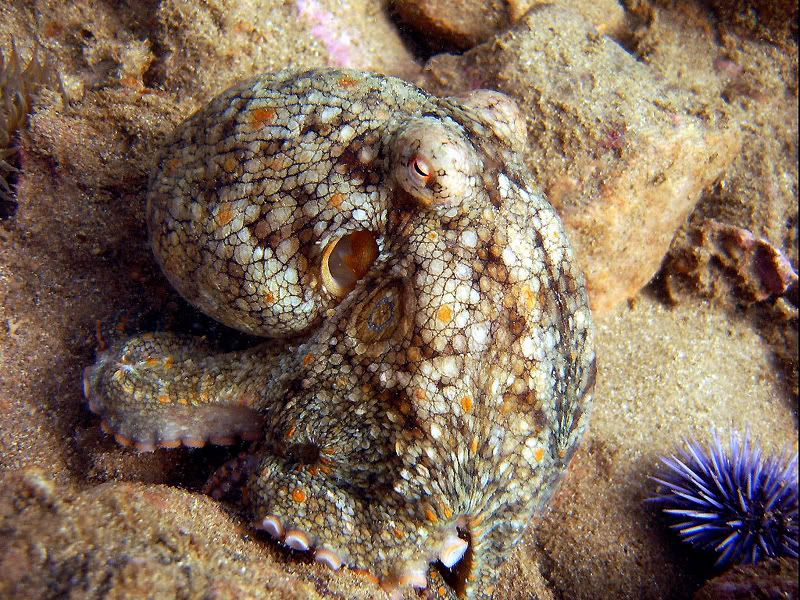Merry
Contributor
East Pacific Red Octopus - Octopus rubescens


Unlike other eggs we've found, these egg clusters contain embryos at different stages of development.

This octopus is guarding an empty nest. Most of the embryos have hatched and all that remains are eggs that were either unfertilized or perhaps failed to develop.




Unlike other eggs we've found, these egg clusters contain embryos at different stages of development.

This octopus is guarding an empty nest. Most of the embryos have hatched and all that remains are eggs that were either unfertilized or perhaps failed to develop.








